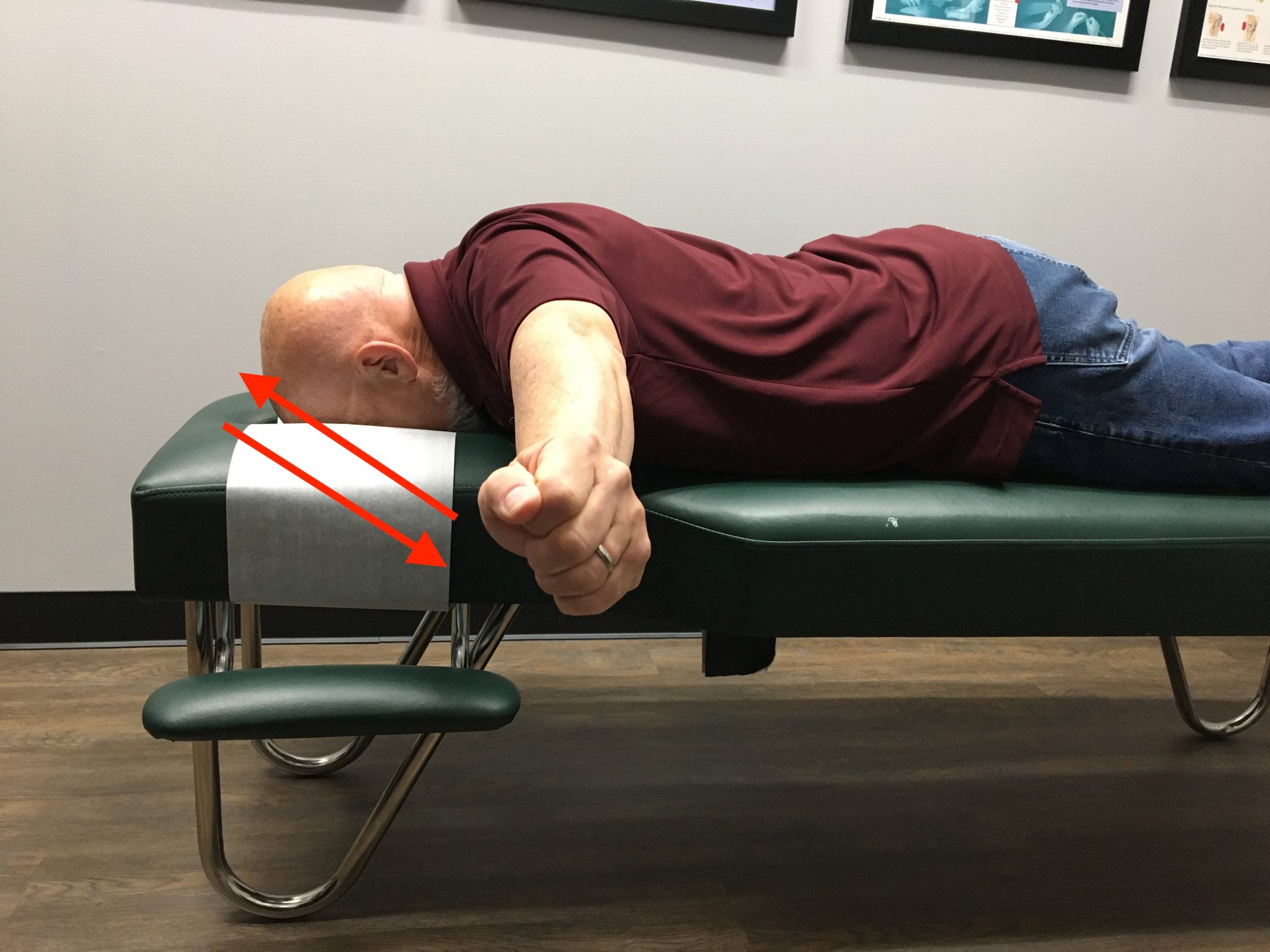

In this case, we are going to look at upper torso positions like elbow flexion, external rotation, shoulder horizontal abduction, and shoulder abduction in reference to other segments as they move from foot contact through ball release. Within the biomechanics reports, we obtain various kinematic metrics of the upper and lower body during the throwing motion. In this case, we like to try changing the environment (with tape in this case) to see if we can get better movement out of the athlete. We set him up on a piece of tape and told him he could not land on the other side of it with his front foot.Īthletes working on the Plyo Ball ® wall can often get distracted by focusing internally on how they are moving instead of having an external focus. Specifically for this athlete, a common fault was that he adjusted his lower half direction to compensate for where he was throwing the ball and his arm action reverted back. Doing so made it much harder for him to exaggerate the elbow spiral and raise the elbow above his shoulders.

The fix was to aim in a direct line off his shoulder, and I had him set up and visualize the exact target on the wall (a piece of tape as a target can also help).


The ball would land on the other side of his body indicating he was not throwing to someone in front of him but more to the glove-side. I showed him where he was “aiming”–right in front of his face, almost across his body.
Show the athlete what you (the coach) is seeing. In this case, I showed him the path his elbow took in relation to his shoulders and told him to imagine them rotating on the same plane until release. Now, we’ve seen that his arm action could use some adjusting, but there are some steps to take when approaching making a change like this. This is really important–he throws directly in front of his face. Note where he’s throwing the ball in that first clip. We’ve seen, on average, elite throwers are more consistent with their shoulder abduction from front-foot contact to ball release-almost as if their elbows and shoulders rotate on the same plane as one another. Technically speaking, it is called a high shoulder abduction. Below is an example of how abduction is measured: Take, for example, this video taken from behind an athlete and consider how it gives us an idea of his arm action and, more specifically, where his elbow is in relation to his shoulders.Ī ‘high elbow climb’ can be defined as the humerus (upper arm) getting too high going into ball release. While the pivot pickoff is a key drill for remapping arm action, you can likely see high elbow climbs in nearly every drill. Each drill is designed for an athlete to focus on a particular part of the pitching motion. Trainer Perspective of High Elbow ClimbĪt Driveline, pitchers throw our constraint drills nearly every single day. This will be a good example of how you can combine biomechanics, assessments, and retesting with the knowledge of a throwing trainer in order to help make positive movement changes in your athletes. Today, we’re discussing what we see from a training-floor perspective and a biomechanical assessment. One piece of data that we occasionally see is pitchers with high elbow climbs. Integrating assessment data to help athletes is vital to what we do at Driveline.








 0 kommentar(er)
0 kommentar(er)
